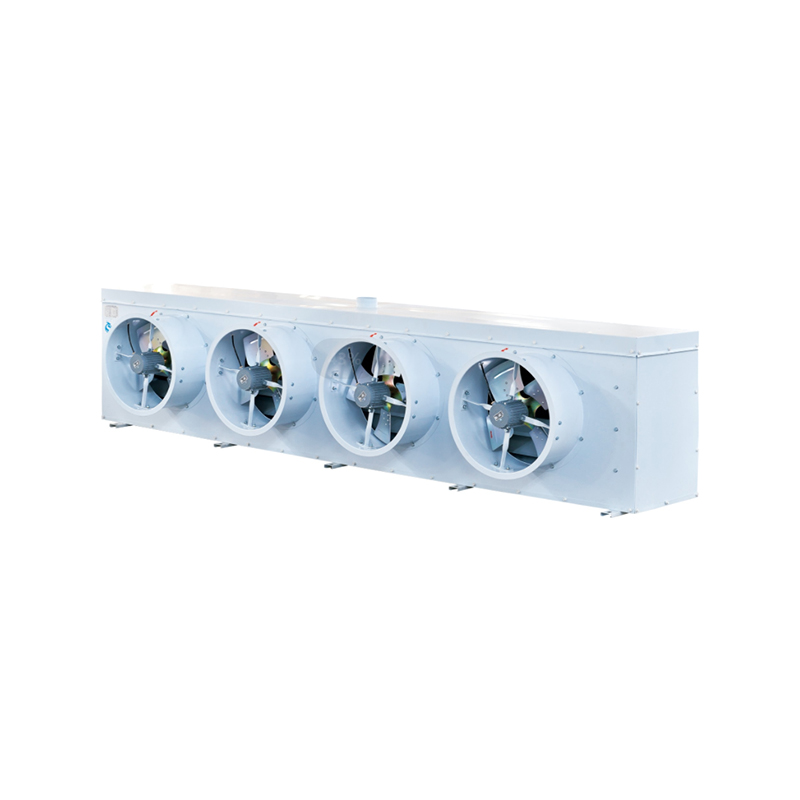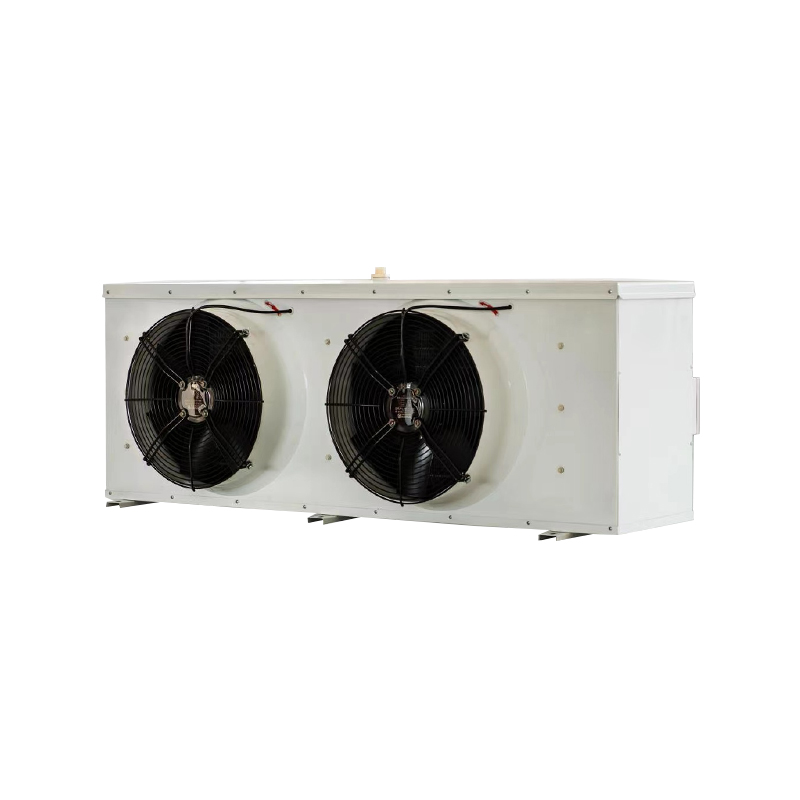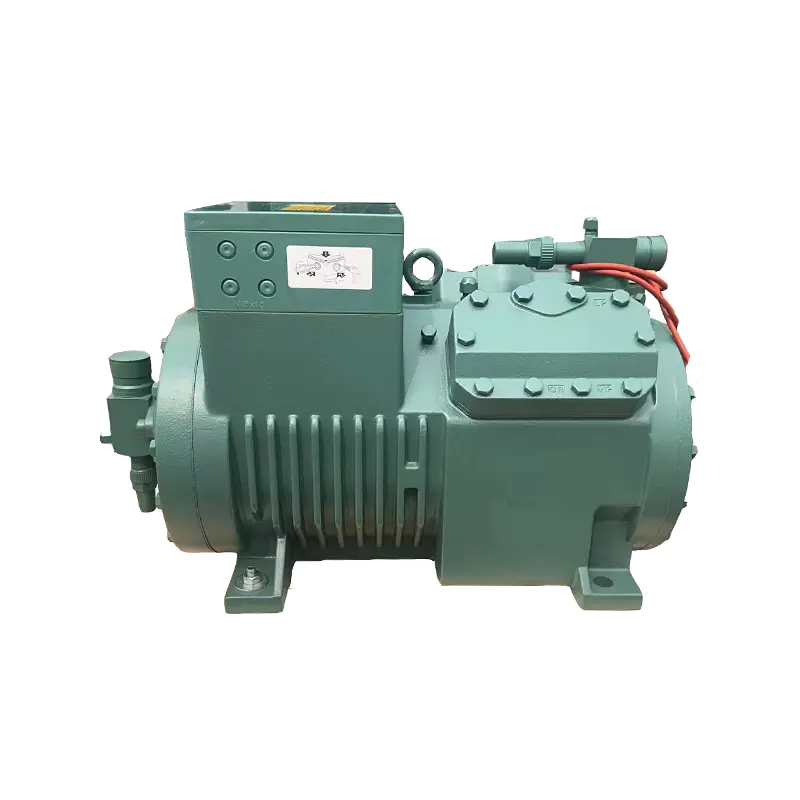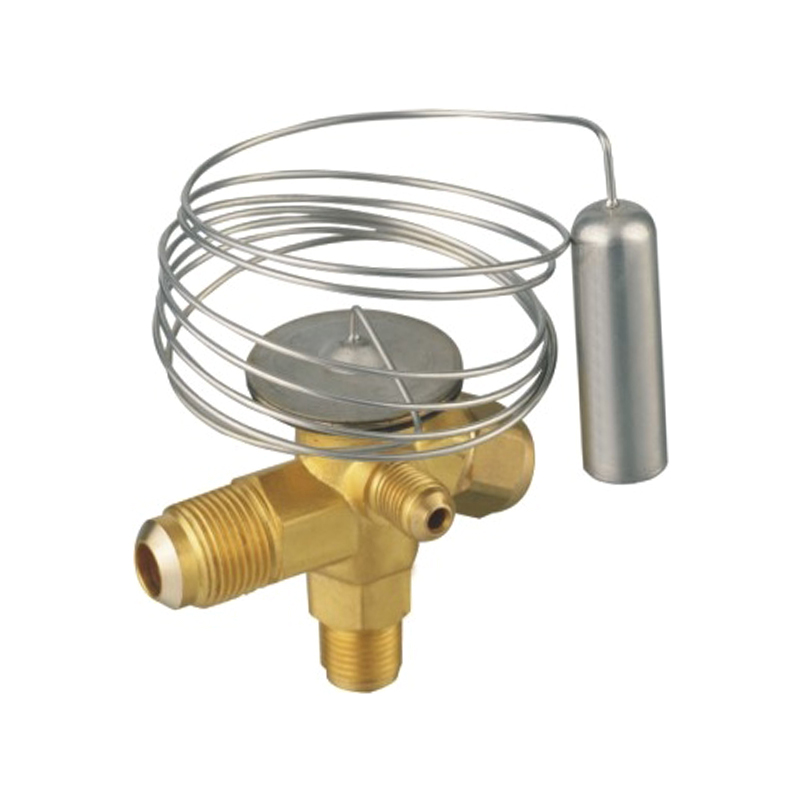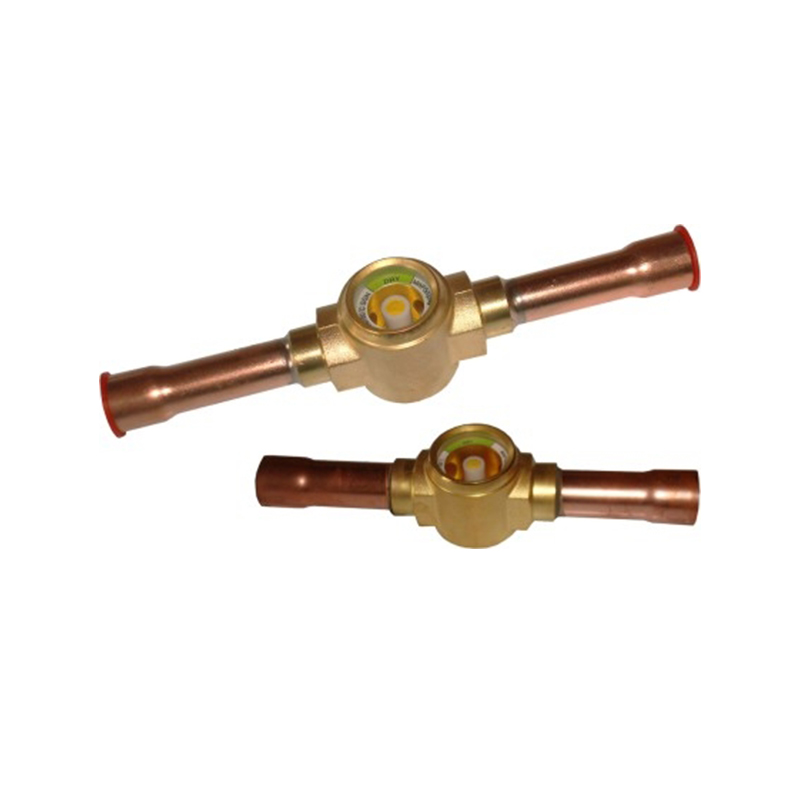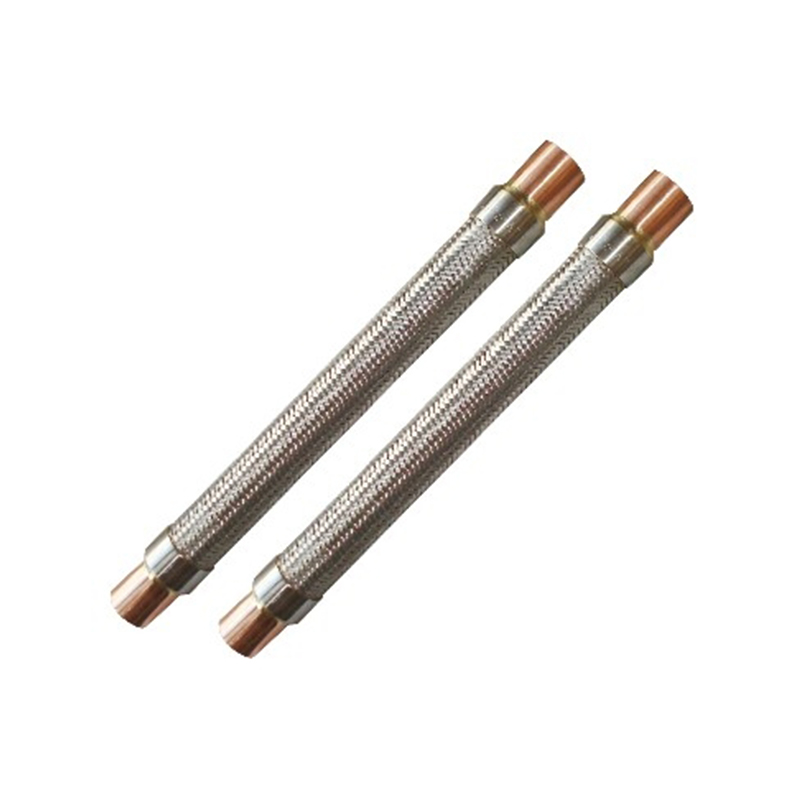Definition, components and main functions of condensing unit
1. Definition and application of condensing unit
The condensing unit is a multifunctional refrigeration equipment widely used in many fields such as industry, medical treatment, and catering. It absorbs heat to reduce the temperature of objects to achieve the effect of refrigeration and freezing. Condensing unit suppliers provide various types of condensing units to meet the needs of different industries and application scenarios, ensuring the smooth progress of the production process and the stability of product quality.
2. Components of condensing unit
The condensing unit consists of several key components, including condenser, expansion valve, evaporator and pressure controller. The condenser is responsible for cooling the high-temperature and high-pressure refrigerant gas into liquid, and is the core component in the refrigeration cycle. The expansion valve controls the pressure in the evaporator by adjusting the flow of the refrigerant to ensure that the refrigerant is evenly distributed in the evaporator. The evaporator is where the refrigerant absorbs heat and evaporates into gas, and is a key link in the refrigeration cycle. The pressure controller is used to monitor and adjust the pressure in the system to ensure the normal operation of the equipment and avoid failures caused by abnormal pressure.
3. The main function of the condensing unit
The main function of the condensing unit is to provide a stable cooling effect to meet the needs of different application scenarios. Whether it is a box-type condensing unit, an open condensing unit, a water-cooled condensing unit, or an air-cooled condensing unit, they are parallel condensing units. They all provide the necessary low-temperature environment for industrial production, medical equipment, catering services, etc. through efficient and reliable refrigeration cycles. The condensing unit supplier (Condensing Unit Supplier) customizes according to customer needs and provides high-performance, low-noise, and long-life condensing units to ensure that the equipment performs best in various application scenarios.
How to perform regular maintenance of condensing units
1. Clean the key components of the condensing unit
Regular cleaning of components such as condensers and evaporators is an important part of maintenance. Appropriate cleaning agents and tools should be used during cleaning to avoid damage to the equipment. Dust and dirt on the surface of the condenser and evaporator will affect the heat dissipation performance and refrigeration efficiency of the equipment. Regular cleaning can ensure the normal operation of the equipment. Condensing unit suppliers usually provide cleaning agents and cleaning tools to help users perform cleaning work correctly.
2. Lubricate the moving parts of the condensing unit
Regular lubrication of the moving parts of the condensing unit is a necessary measure to ensure the normal operation of the equipment. When lubricating, you should choose the appropriate lubricant and operate in accordance with the requirements of the equipment manual. Lubrication can reduce the wear of moving parts and extend the service life of the equipment. Condensing unit suppliers usually provide lubricants and lubrication tools to help users perform lubrication work correctly.
3. Tighten the connecting parts of the condensing unit
Regularly checking the connecting parts and fasteners of the condensing unit to ensure that they are in a tight state is an important part of maintenance. When tightening, you should use appropriate tools and operate in accordance with the requirements of the equipment manual. Loosening of connecting parts and fasteners can cause malfunctions and noise, and regular tightening can avoid these problems. Condensing unit suppliers usually provide tightening tools and technical support to help users perform tightening work correctly.
4. Check the electrical system and control system of the condensing unit
Regularly checking the electrical system, refrigeration system and control system of the condensing unit is an important means of maintenance. Appropriate detection tools should be used during the inspection, and the operation should be carried out in accordance with the requirements of the equipment manual. Failures in the electrical system and control system will affect the normal operation of the equipment. Regular inspections can timely discover and deal with potential problems. Condensing unit suppliers usually provide detection tools and technical support to help users perform inspections correctly.
Through regular cleaning, lubrication, tightening and inspection, the performance and life of the condensing unit can be effectively maintained to ensure that it performs best in various application scenarios. Condensing unit suppliers usually provide professional maintenance services and technical support to help users solve problems encountered during maintenance and ensure the long-term stable operation of the equipment.

